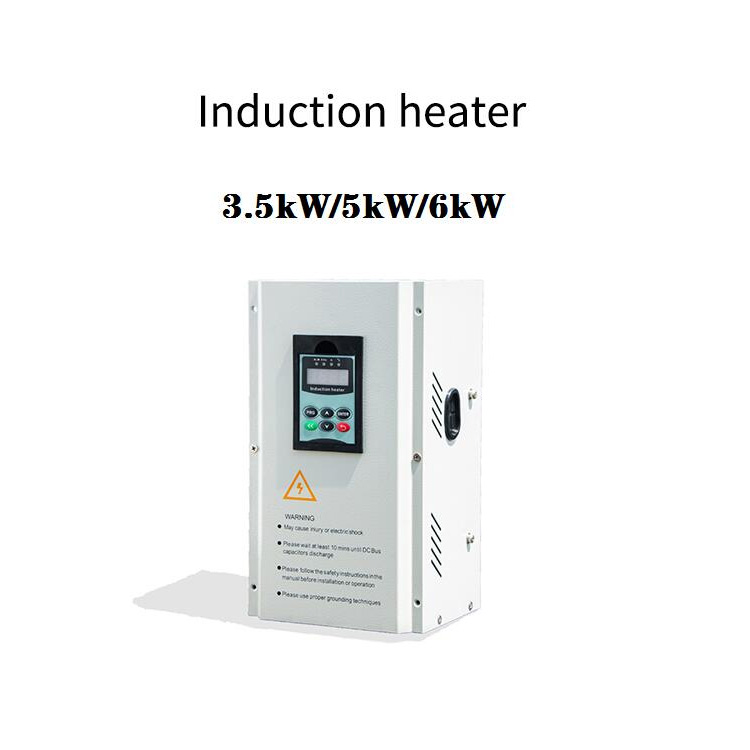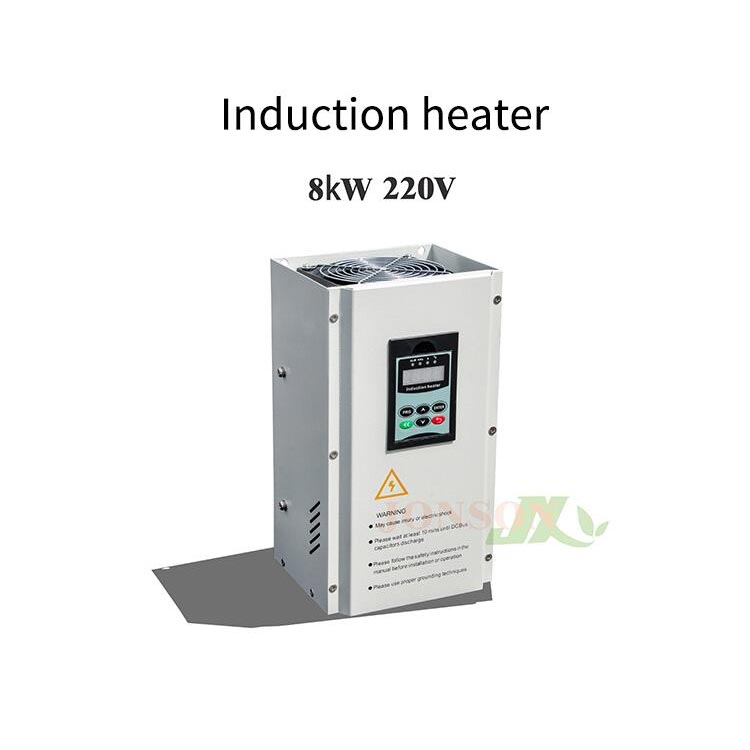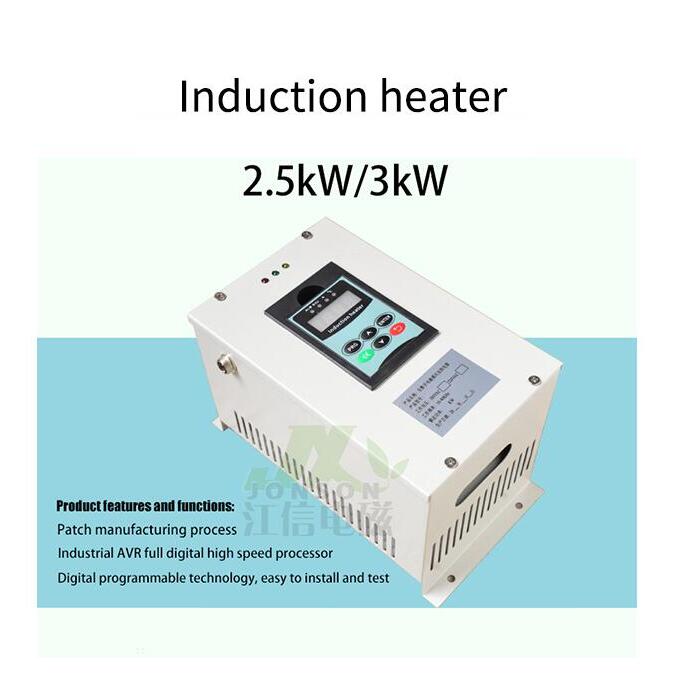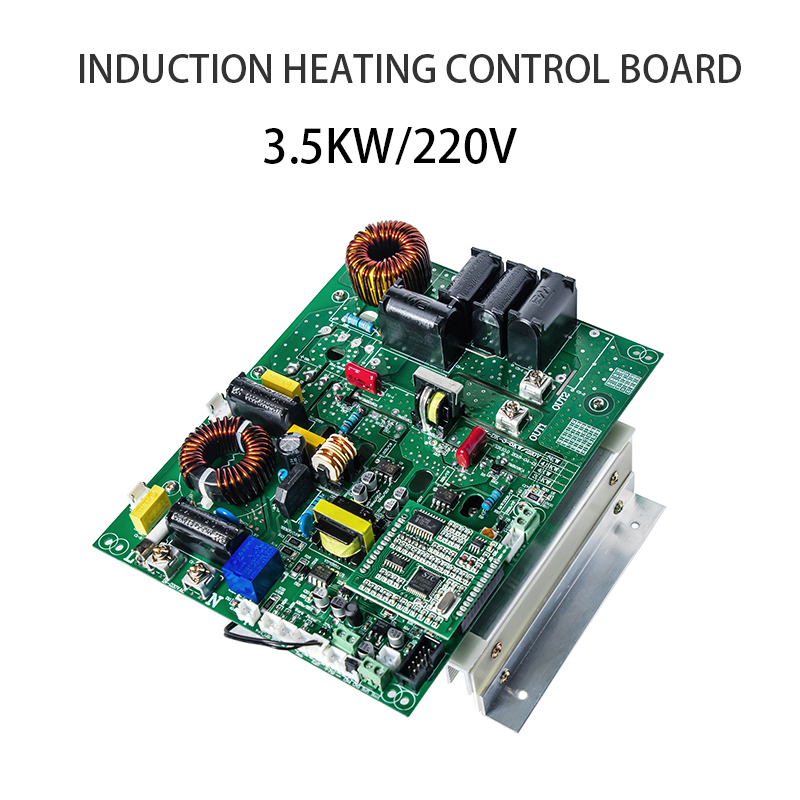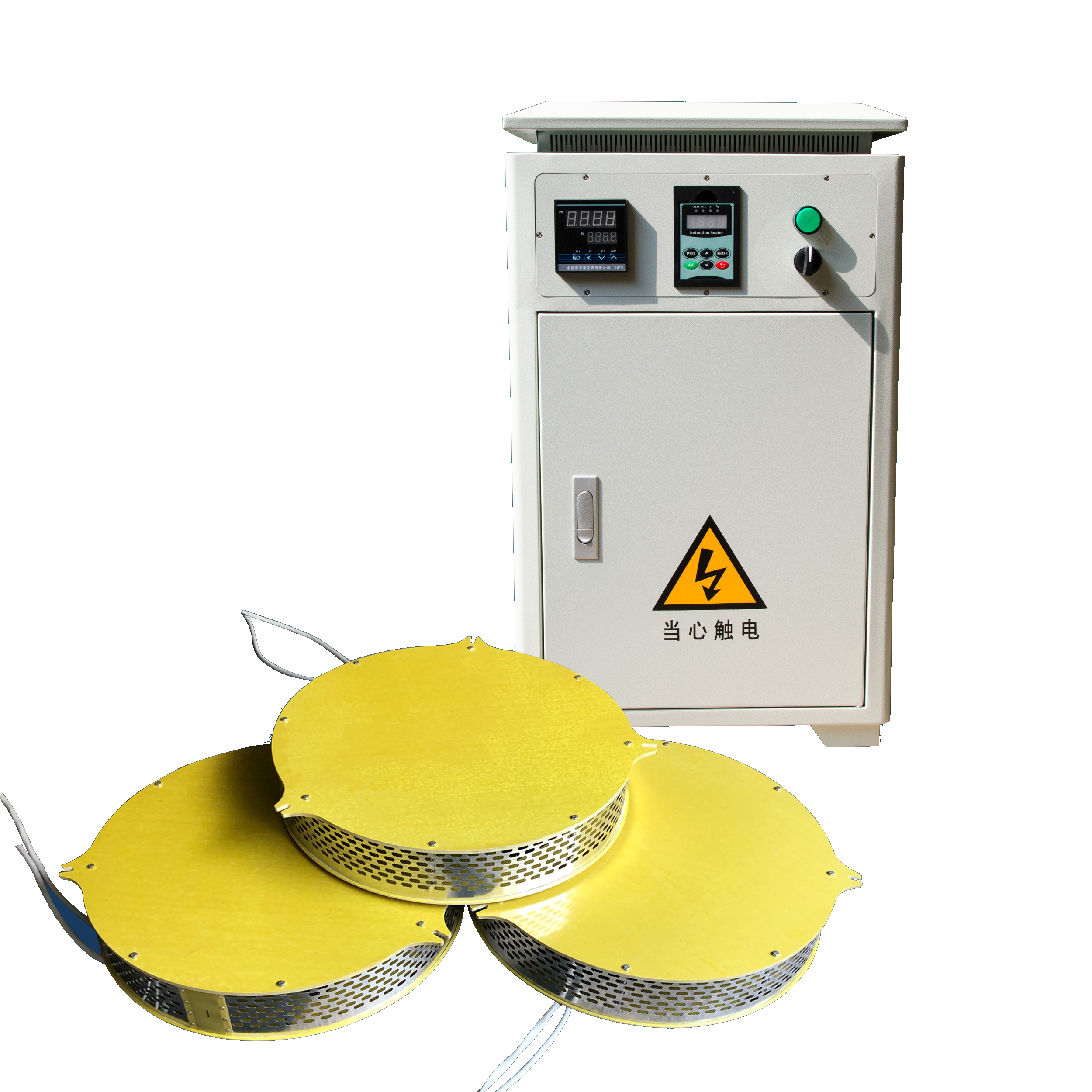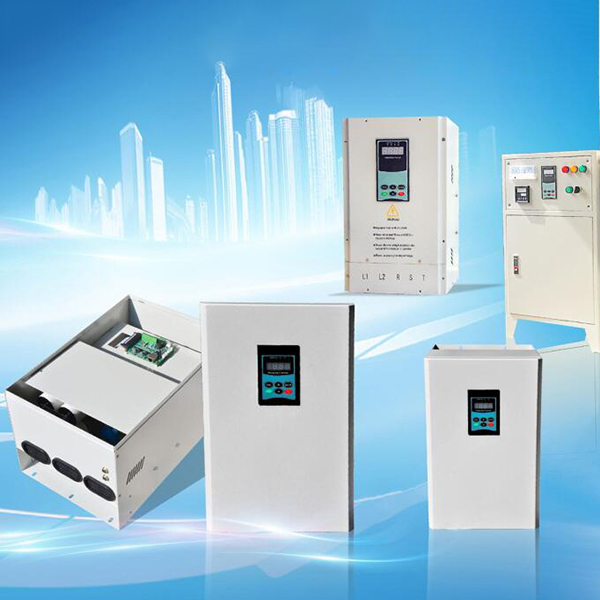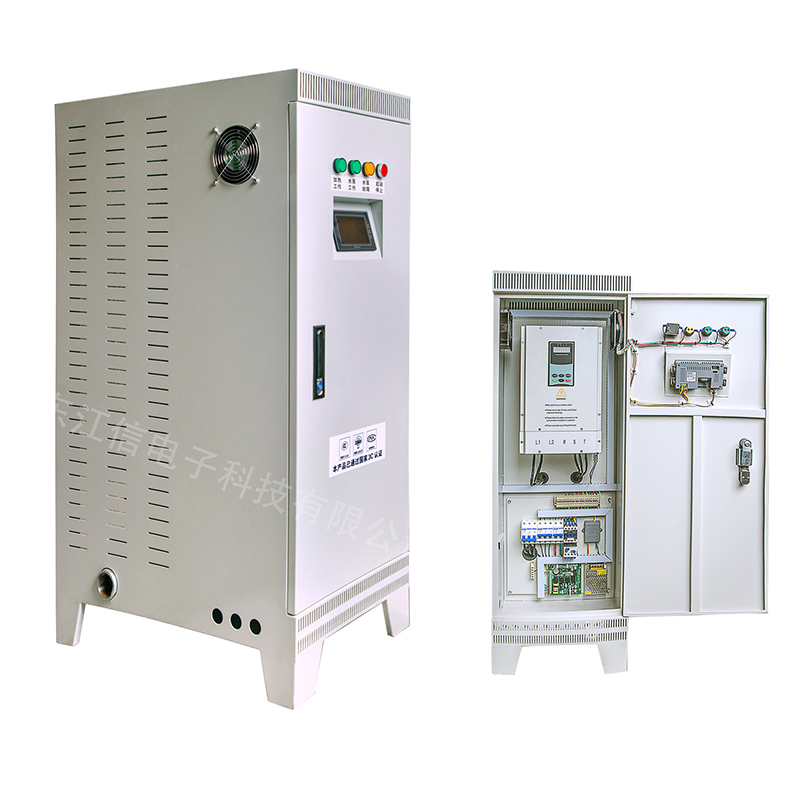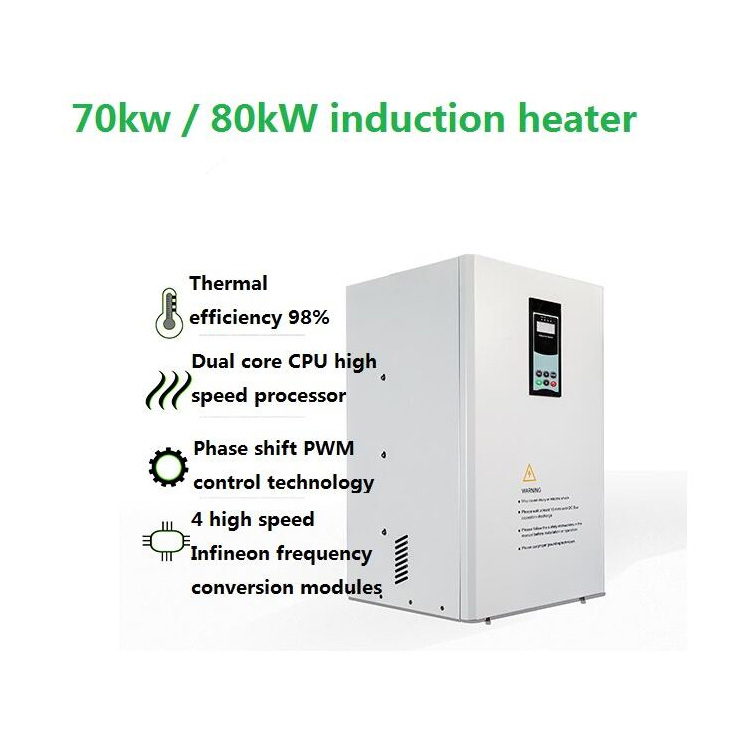The differences between an induction hot air stove and a regular hot air stove can be explained as follows:
Heating Principle:
1.Induction Hot Air Stove: It operates on the principle of electromagnetic induction, generating heat through high-frequency electromagnetic fields that induce eddy currents in a conductive material. This converts electrical energy into heat, which is then transferred to the surrounding medium (such as air or water) for heating.
2.Regular Hot Air Stove: A regular hot air stove typically utilizes combustion of fuels (such as coal, oil, natural gas) or resistance heating to generate heat. The heat produced is then transferred to the surrounding medium for heating purposes.
Energy Efficiency:
1.Induction Hot Air Stove: Due to the utilization of electromagnetic induction heating, it tends to have higher energy efficiency compared to regular hot air stoves. The conversion of electrical energy to heat is more efficient, resulting in less energy wastage.
2.Regular Hot Air Stove: Traditional hot air stoves may have lower energy efficiency, especially if they rely on combustion, as some energy is lost as waste heat during the combustion process.
Temperature Control:
1.Induction Hot Air Stove: Temperature control in an induction hot air stove can be more precise and responsive, as it involves adjusting the frequency and power of the electromagnetic field, allowing for fine-tuning of heating rates and temperatures.
2.Regular Hot Air Stove: Temperature control in a regular hot air stove may be less precise, relying on adjustments to fuel input or heating elements, which may not offer the same level of responsiveness or accuracy.
Environmental Impact:
1.Induction Hot Air Stove: Since it does not involve combustion, an induction hot air stove typically produces fewer emissions and pollutants, making it more environmentally friendly.
2.Regular Hot Air Stove: Combustion-based hot air stoves produce emissions such as smoke, particulate matter, and carbon dioxide, contributing to air pollution and environmental degradation.
Startup and Shutdown Time:
1.Induction Hot Air Stove: It often requires minimal or no preheating time, allowing for quick startup and immediate heat production. Shutdown time is also relatively short.
2.Regular Hot Air Stove: Traditional hot air stoves may require preheating time to reach operating temperature, resulting in longer startup times. Shutdown time can also be longer due to the cooling down of combustion chambers or heating elements.
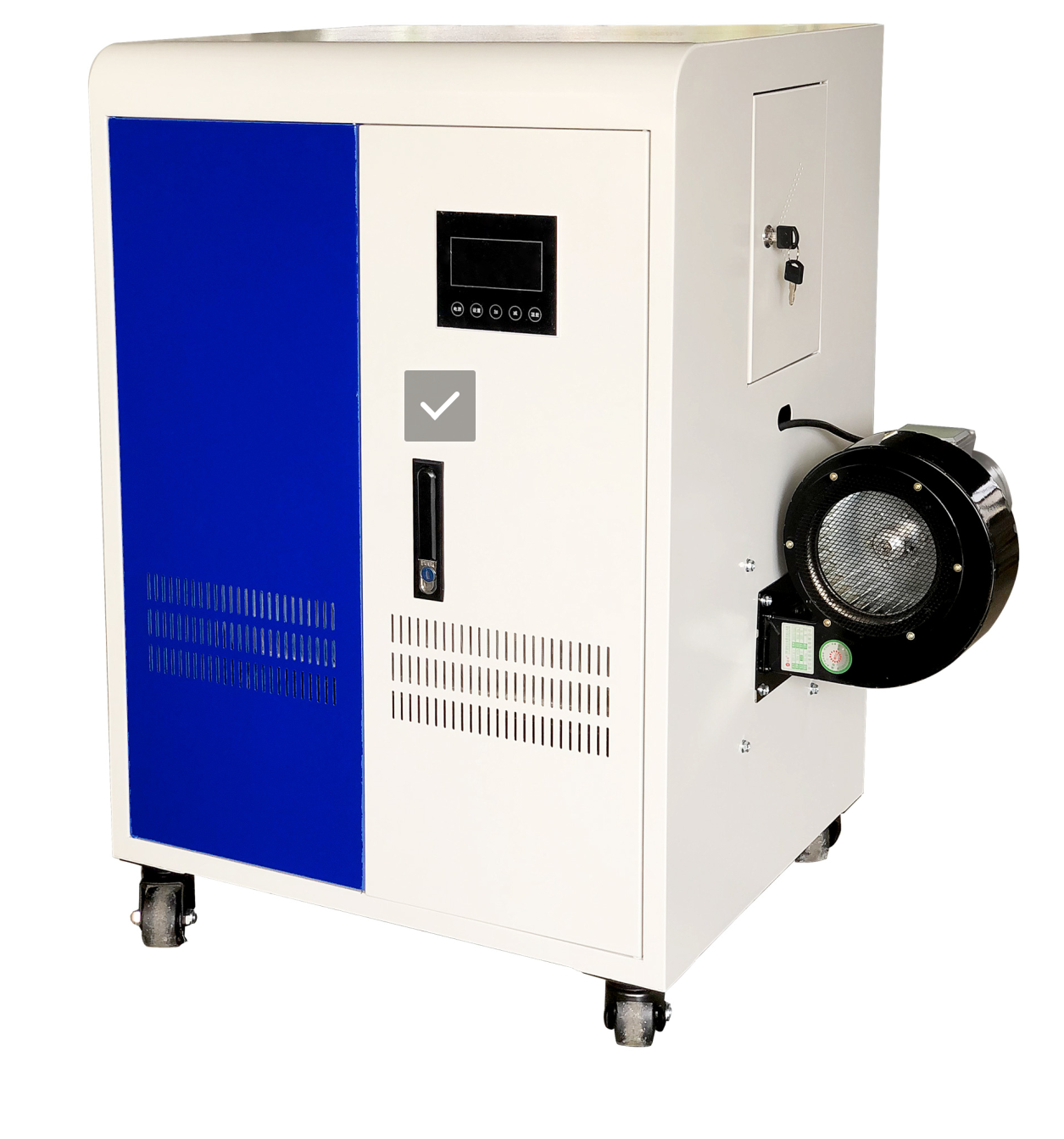
In summary, an induction hot air stove offers advantages in energy efficiency, precise temperature control, reduced environmental impact, and quicker startup/shutdown times compared to a regular hot air stove, making it suitable for applications where these factors are crucial.

